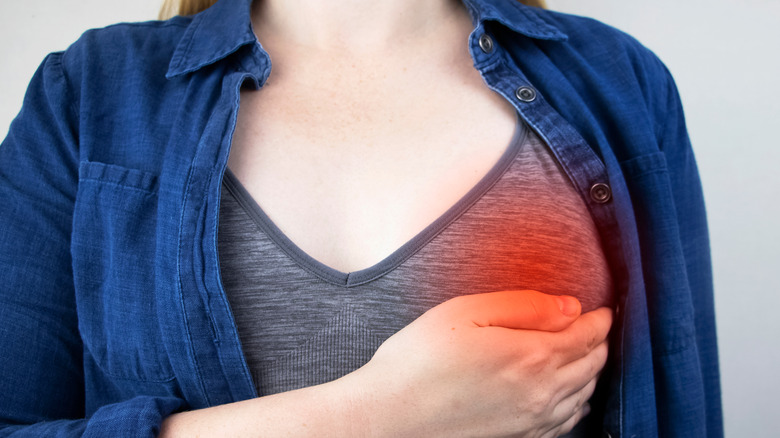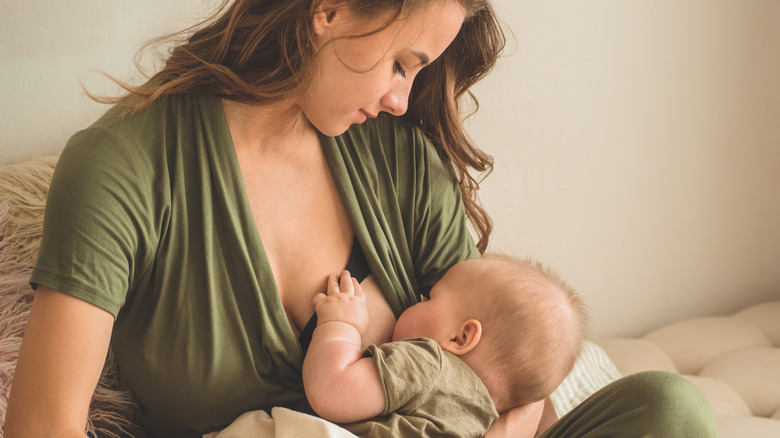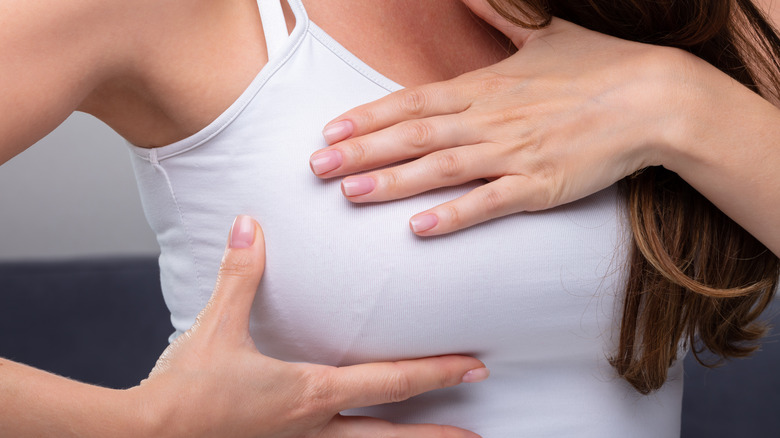Ever wonder what causes mastitis?
As you probably know, this condition is common among breastfeeding women.
Its causes range from skin or nipple damage to genetic factors.

Poor nutrition may play a role, too.
Most women havesore, painful breastsbefore or during their period.
Another potential cause is mastitis, an infection that can affect one or both breasts.

About a quarter of womenstop breastfeedingbecause of it, as reported by Disease in Childhood.
If you have mastitis, your breasts may swell and feel tender to the touch.
These symptoms may occur even if you’re not breastfeeding, as mastitis can affect anyone, including men.

Most times, it’s due to a blocked milk duct or bacterial infections.
What causes mastitis in breastfeeding moms?
This can result in a clogged milk duct, which is a risk factor for mastitis.
Cracked nipples may increase your risk of mastitis, too.
The same goes for those who are overstressed or very tired.
Certain habits, such as tweezing nipple hair, may cause infection, too.
Women with a weak immune system are more likely to develop mastitis, as reported byJohns Hopkins Medicine.
You may also be at risk if you’ve had a lumpectomy followed by radiation therapy.
In addition to breast pain and soreness, you may experience fever and headaches.
Now that you know what causes mastitis, take the steps needed to prevent it.
TheCleveland Clinicnoted that nursing mothers should avoid wearing tight bras and nursing pads.
These accessories cause the nipples to stay moist after breastfeeding and may increase the risk of bacterial infection.
Air out your nipples after feeding your baby and let them dry before putting on your bra.